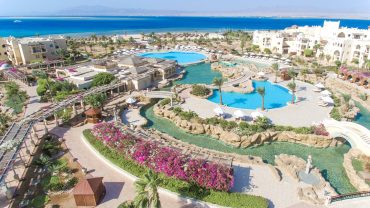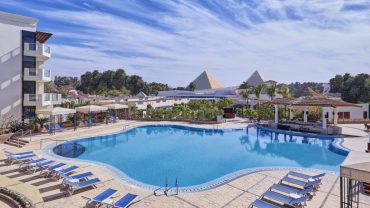Fayoum Governorate is one of the governorates of Egypt, and its capital is the city of Fayoum. It represents the largest natural oasis in Egypt. The governorate is located in the North Upper Egypt region, which includes three governorates: Fayoum, Beni Suef, and Minya. It is in the middle of the governorates of Central Egypt, Giza, Beni Suef, and Minya. The governorate is surrounded by desert on all sides, except for its southeast, which connects to Beni Suef Governorate. Fayoum is famous for the presence of many natural places, the most famous of which are the Lake Qarun Reserve, the Wadi El Rayan Reserve, the Wadi Al-Hitan Reserve, which is registered as a World Heritage Site, in addition to its moderate climate and its location near the Egyptian capital Cairo. It also possesses a variety of Pharaonic, Roman, Coptic and Islamic monuments, which qualified it to be one of the Egyptian attractions kisses
Opinions differ about the origin of the name “Fayoum.” It is likely that it was called “Chdat” or “Chedit” and means the island at the time of its formation, because it was at the time of its formation located in Morris Lake, “Lake Qarun.” Faiyum is ancient, which is why the Romans called it Crocodilopolis, meaning the city of the crocodile. In the early days of the Ptolemaic rule, Ptolemy II called it Philadelph “Arsinoe” in relation to his wife Arsinoe, and he also named the region by this name, then the Copts called it “Piom”, which means the base of the country of the lake, because the word “Piom” which was later known as “Phiom” consists of two words They are “Pi” denoting the place and definition, and the word “Im” meaning the sea, the lake or the sea, and from “Phiom” the Arabs took the word “Fayoum” and added to it the definite article, so that “Fayoum” became its Arabic name. Another opinion says that its name came in the late texts of the Pharaonic era “Bayoum” meaning lake or water, then it appeared in Coptic as “Fayoum”, and with the spread of Arabic, the definite article was added to it, and “Fayoum” became its Arabic name. The governorate is called “Little Egypt” because it represents a micro-geographical image of the Egyptian country, where the Yusuf Sea is similar to Fayoum, the Nile River to Egypt, and Lake Qarun to its northern coast, as well as the Mediterranean Sea to Egypt. While there were some weak rumors that attributed the name to the era of Prophet Yusuf, because the construction of the city took a time estimated at “a thousand days.”
- All about Egypt
- 19 Jan 2022
Kempinski Hotel Soma Bay Resort
The Kempinski Hotel Soma Bay Resort is located between Hurghada and Safaga Port, a 40-minute drive from Hurghada International Airport. Kempinski Hotel Soma Bay offers exclusive waterfront accommodation overlooking one of the most beautiful beaches of Soma Bay. It also has several swimming pools in the middle of lagoons and a calm river. Guests at […]
- All about Egypt
- 19 Jan 2022
Located in Cairo, 2.3 km from Giza Pyramids, Steigenberger Pyramids Cairo provides accommodation with a restaurant, private parking, a bar and a garden. The Great Sphinx is 3.3 km from Steigenberger Pyramids Cairo, while Cairo Tower is 14 km away. The nearest airport is Sphinx International Airport, 33 km away.
- All about Egypt
- 18 Jan 2022
Overlooking the Pyramids of Giza, Marriott Mena House, Cairo is surrounded by 168,000 square meters of green gardens. It features a spa, fitness center and swimming pool. Rooms are decorated with handcrafted furniture. All accommodations at the Marriott Mena House, Cairo include air conditioning, luxurious fabrics, a seating area and an LCD TV. All rooms […]




Comment (0)